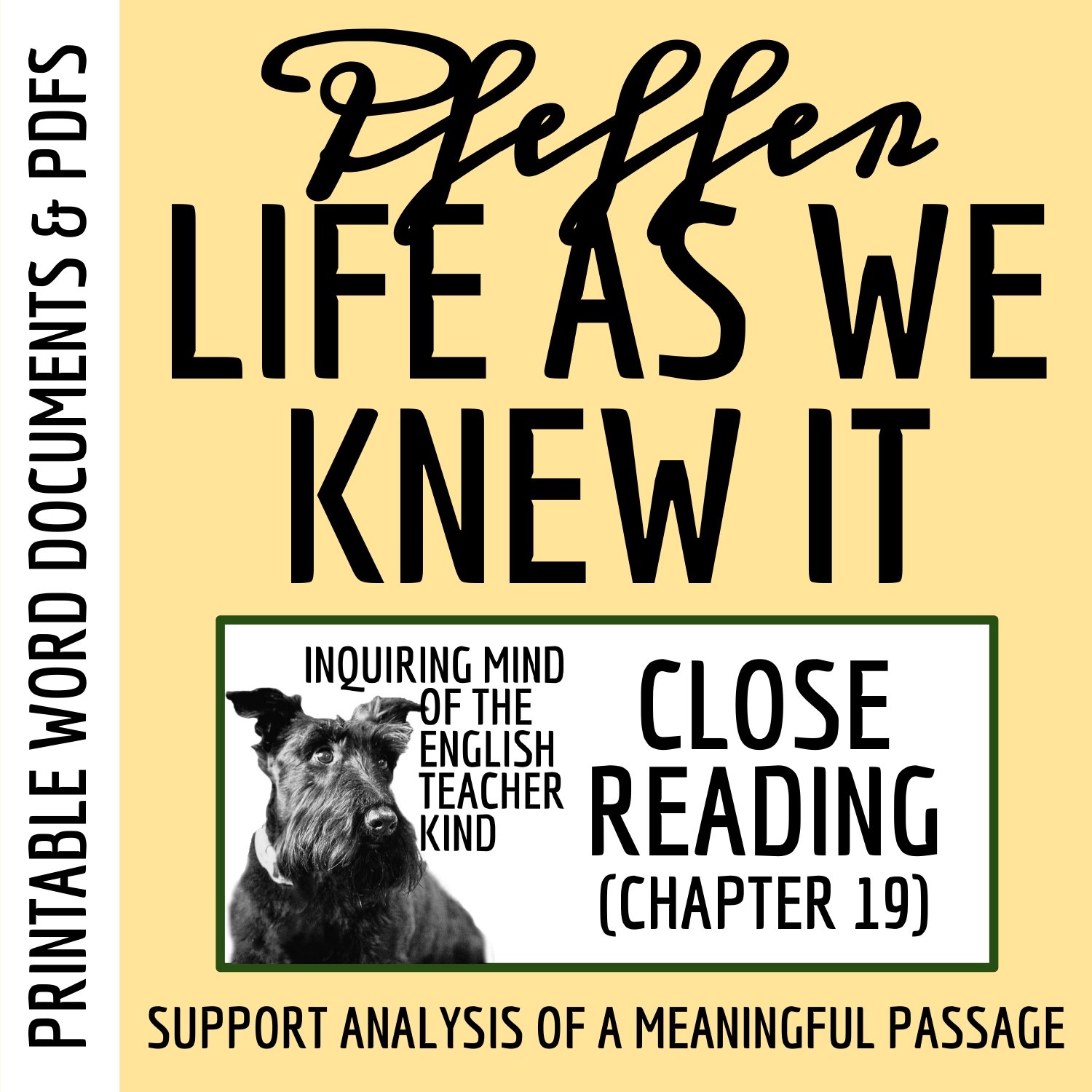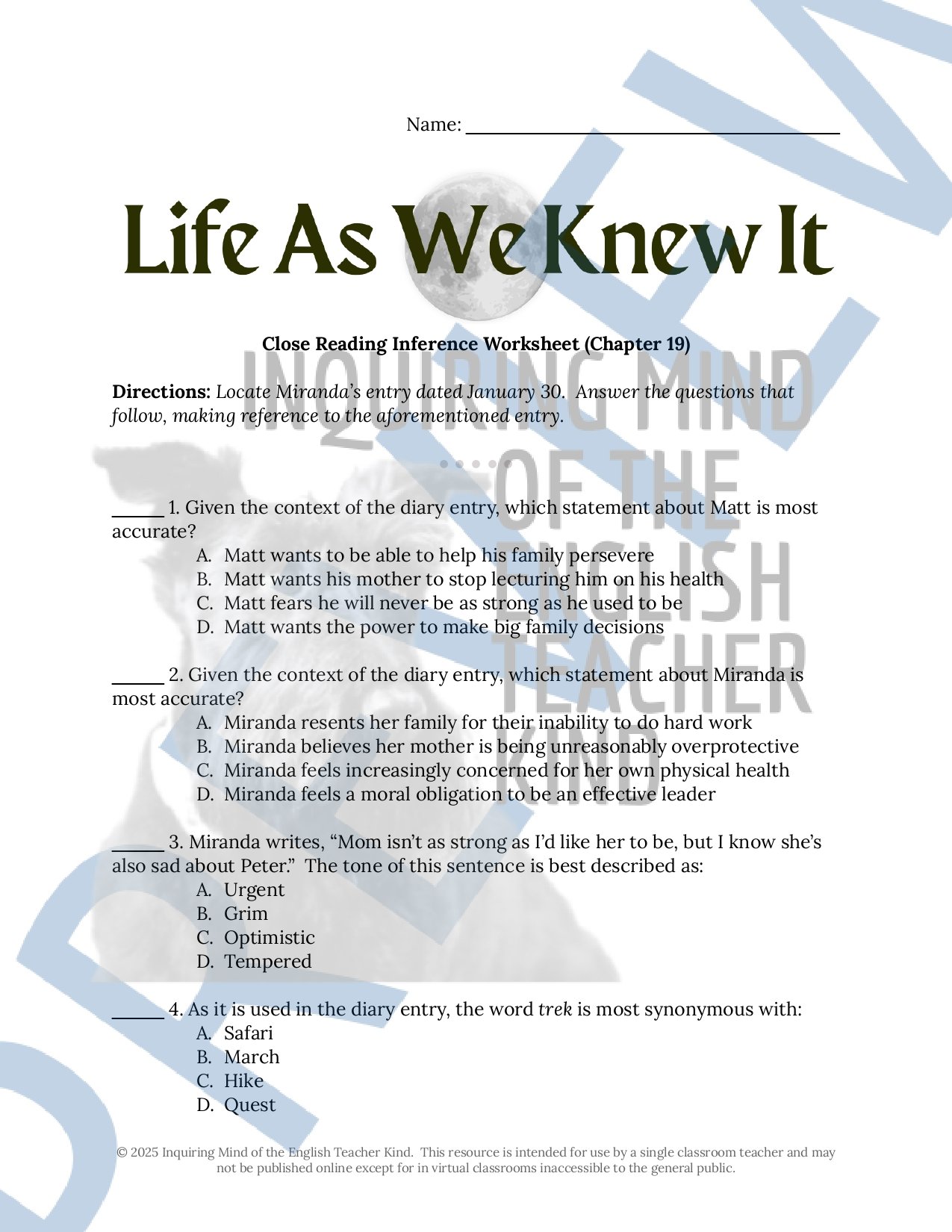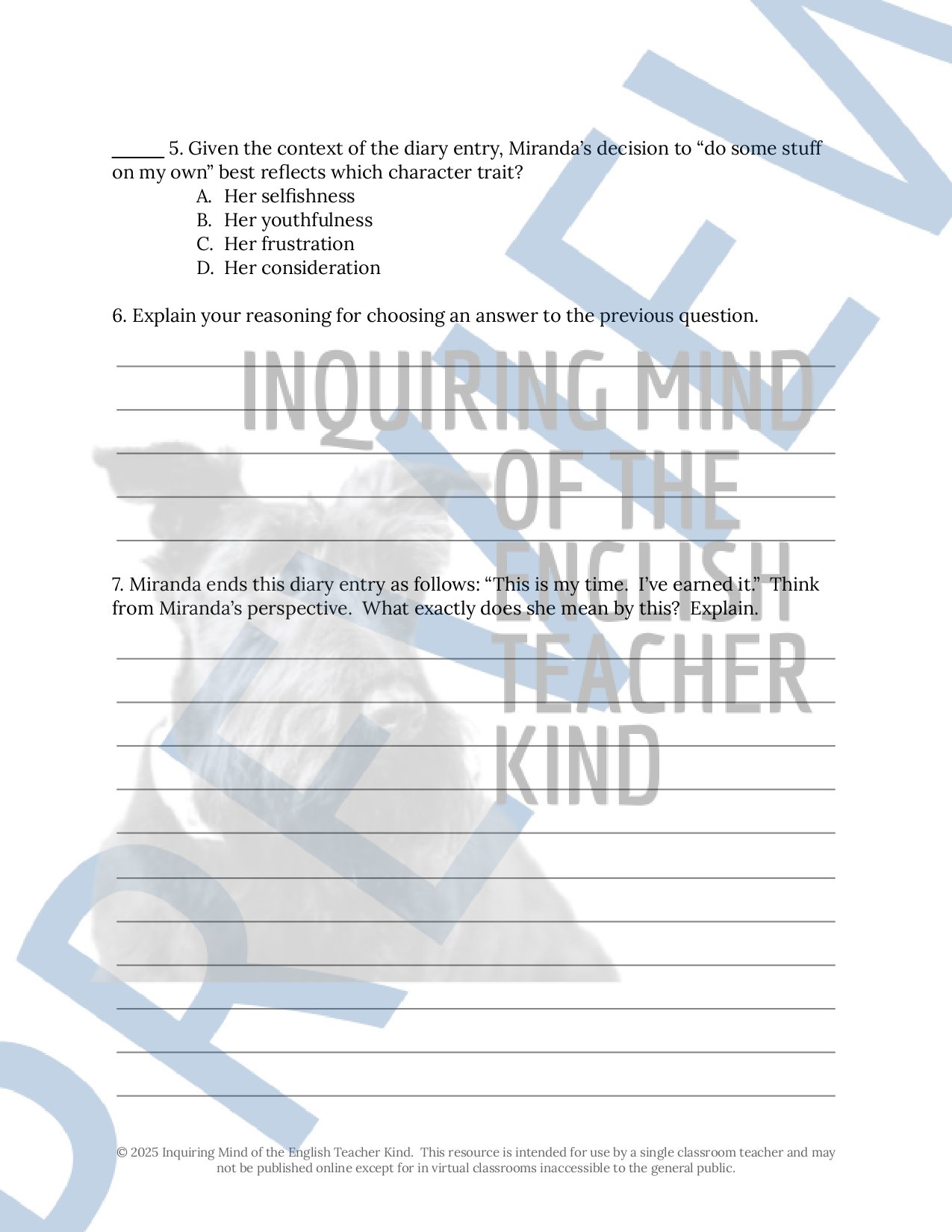 Image 1 of 52
Image 1 of 52

 Image 2 of 52
Image 2 of 52

 Image 3 of 52
Image 3 of 52

 Image 4 of 52
Image 4 of 52

 Image 5 of 52
Image 5 of 52

 Image 6 of 52
Image 6 of 52

 Image 7 of 52
Image 7 of 52

 Image 8 of 52
Image 8 of 52

 Image 9 of 52
Image 9 of 52

 Image 10 of 52
Image 10 of 52

 Image 11 of 52
Image 11 of 52

 Image 12 of 52
Image 12 of 52

 Image 13 of 52
Image 13 of 52

 Image 14 of 52
Image 14 of 52

 Image 15 of 52
Image 15 of 52

 Image 16 of 52
Image 16 of 52

 Image 17 of 52
Image 17 of 52

 Image 18 of 52
Image 18 of 52

 Image 19 of 52
Image 19 of 52

 Image 20 of 52
Image 20 of 52

 Image 21 of 52
Image 21 of 52

 Image 22 of 52
Image 22 of 52

 Image 23 of 52
Image 23 of 52

 Image 24 of 52
Image 24 of 52

 Image 25 of 52
Image 25 of 52

 Image 26 of 52
Image 26 of 52

 Image 27 of 52
Image 27 of 52

 Image 28 of 52
Image 28 of 52

 Image 29 of 52
Image 29 of 52

 Image 30 of 52
Image 30 of 52

 Image 31 of 52
Image 31 of 52

 Image 32 of 52
Image 32 of 52

 Image 33 of 52
Image 33 of 52

 Image 34 of 52
Image 34 of 52

 Image 35 of 52
Image 35 of 52

 Image 36 of 52
Image 36 of 52

 Image 37 of 52
Image 37 of 52

 Image 38 of 52
Image 38 of 52

 Image 39 of 52
Image 39 of 52

 Image 40 of 52
Image 40 of 52

 Image 41 of 52
Image 41 of 52

 Image 42 of 52
Image 42 of 52

 Image 43 of 52
Image 43 of 52

 Image 44 of 52
Image 44 of 52

 Image 45 of 52
Image 45 of 52

 Image 46 of 52
Image 46 of 52

 Image 47 of 52
Image 47 of 52

 Image 48 of 52
Image 48 of 52

 Image 49 of 52
Image 49 of 52

 Image 50 of 52
Image 50 of 52

 Image 51 of 52
Image 51 of 52

 Image 52 of 52
Image 52 of 52





















































Life As We Knew It Close Reading Analysis Worksheets and Answer Keys Bundle
Challenge middle and high school students to push beyond basic reading comprehension and exercise close reading analysis skills while engaging with Life As We Knew It by Susan Beth Pfeffer. Given the objective nature of the multiple choice questions, each close reading activity is rigorous enough for students to find deeper meaning in the novel, yet convenient enough for teachers to quickly and efficiently gather data on their students' textual analysis skills. Included are twenty-one close reading worksheets, addressing meaningful passages from every chapter, and answer keys. Materials are delivered in Word Document and PDF formats. (Alternatively, a Google Drive bundle option is available.) By the end of the novel, students will:
Identify what the text states explicitly and implicitly
Define complex words as they are used in the text
Isolate examples of figurative language
Explain the intended effect of figurative language in context
Explore how complex characters think, behave, develop, and interact
Compare and contrast Miranda's childhood with her mother's
Apply knowledge of literary devices including idiom, pun, metaphor, simile, alliteration, allusion, onomatopoeia, cliché, euphemism, paradox, hyperbole, epiphany, juxtaposition, personification, foreshadowing, symbolism, situational irony, verbal irony, and dramatic irony
Determine the tone of given passages
Examine a significant shift in narrative tone
Discern the functions of given passages
Identify several narrative techniques that contribute to the development of suspense
Explore a range of relevant themes
Cite relevant textual evidence in support of claims
Write about literature with clarity, accuracy, and precision
Materials are available for teaching a variety of young adult and dystopian novels:
Challenge middle and high school students to push beyond basic reading comprehension and exercise close reading analysis skills while engaging with Life As We Knew It by Susan Beth Pfeffer. Given the objective nature of the multiple choice questions, each close reading activity is rigorous enough for students to find deeper meaning in the novel, yet convenient enough for teachers to quickly and efficiently gather data on their students' textual analysis skills. Included are twenty-one close reading worksheets, addressing meaningful passages from every chapter, and answer keys. Materials are delivered in Word Document and PDF formats. (Alternatively, a Google Drive bundle option is available.) By the end of the novel, students will:
Identify what the text states explicitly and implicitly
Define complex words as they are used in the text
Isolate examples of figurative language
Explain the intended effect of figurative language in context
Explore how complex characters think, behave, develop, and interact
Compare and contrast Miranda's childhood with her mother's
Apply knowledge of literary devices including idiom, pun, metaphor, simile, alliteration, allusion, onomatopoeia, cliché, euphemism, paradox, hyperbole, epiphany, juxtaposition, personification, foreshadowing, symbolism, situational irony, verbal irony, and dramatic irony
Determine the tone of given passages
Examine a significant shift in narrative tone
Discern the functions of given passages
Identify several narrative techniques that contribute to the development of suspense
Explore a range of relevant themes
Cite relevant textual evidence in support of claims
Write about literature with clarity, accuracy, and precision
Materials are available for teaching a variety of young adult and dystopian novels:
Preview this resource.
Challenge middle and high school students to push beyond basic reading comprehension and exercise close reading analysis skills while engaging with Life As We Knew It by Susan Beth Pfeffer. Given the objective nature of the multiple choice questions, each close reading activity is rigorous enough for students to find deeper meaning in the novel, yet convenient enough for teachers to quickly and efficiently gather data on their students' textual analysis skills. Included are twenty-one close reading worksheets, addressing meaningful passages from every chapter, and answer keys.

















